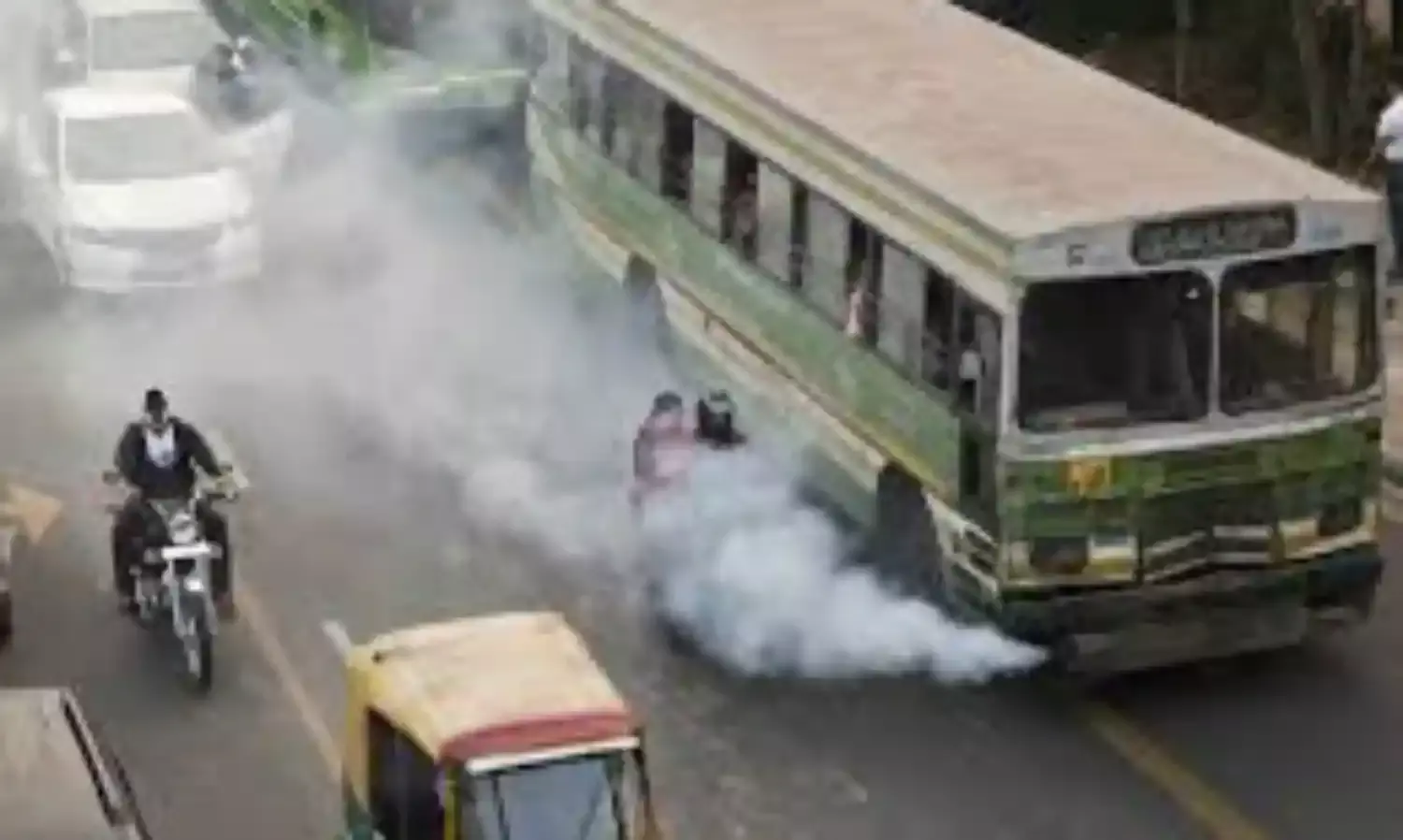Middle Class Woes
The booming sale/purchase of politicians rises

Finance Minister Nirmala Sitharaman recently said, "I too belong to the middle class so I can understand the pressures of the middle class. I identify myself with the middle class so I know." This is so with reports in the media how fast the wealth of politicians multiplies. With 17 years in politics, if she were to be middle class then ‘Hindustan ke chaman mein har shakkh pe bulbul hoti’. Perhaps she plans to define a ‘creamy layer’ of the upper middle class?
The efforts or rather measures to alleviate the poor are mired in opaqueness of the BPL, and vote-based reservations not linked to financial standing, as should be the case. Moreover, a recent Oxfam report says that five percent of Indians own over 60 percent of the nation’s wealth. India added 40 billionaires in 2020 alone; we know who they are, why and how the corporations are ‘helped’ so they can fund elections even more. The tax rebates to the corporate and writing off bank loans are also in the public domain.
The booming trade of sale/purchase of politicians would keep rising with approaching general elections. An article a few years ago stated that politicians are saleable world over but India is different; in that, the moment a politician is sold in India, he/she is available for resale. The noise about the $5-10 trillion economy should be viewed in the backdrop of the Nomura estimates that India’s growth rate on the eve of the general election in 2024 may be just 5.2 percent.
Similarly, job creation reports must be seen concurrent to job layoffs including by big-tech global companies, which is affecting India’s middle class. It is on record that the gross financial savings of Indian households stood at 10.8 percent in FY22 compared to 15.9 percent in 2020-21 while in the three previous fiscal years it was 12 percent; savings in FY22 fell to a five-year low with rising inflation struck at the purchasing power of the middle class.
Going by past history and her likes/dislikes, Sitharaman would unlikely mention defence in her forthcoming budget speech but may offer some sugar-coated measures for the middle class. These could be AI-enabled for self-destruction to induce a sweet flavor, but without substance, the first rendition of the year by the nightingale amidst the aura of the new Parliament building.
For the time being let us look at just one issue that is seriously affecting the middle class and below in the Delhi-NCR region while the Centre and State governments watch the fun. In November 2014, the National Green Tribunal (NGT) issued a blanket ban on re-registration of any vehicles that are over 15 years old. These orders were revised in April 2015 to read “Petrol vehicles which are more than 15 years old and diesel vehicles that are more than 10 years old shall not be registered in the NCR, Delhi”; the direction applicable to all vehicles 2-wheelers, 3-wheelers, 4-wheelers, light vehicles, and heavy vehicles. These orders were endorsed by the Supreme Court in October 2018. Delhi Police then began impounding such vehicles beginning October 2018.
Despite the above, India’s 10 most polluted cities in 2023 are Delhi, Faridabad, Ghaziabad, Patna, Muzaffarpur, Noida. Meerut and Gobindgarh. Concurrently, the WHO report of 2022 lists seven Indian cities among the 10 most polluted cities in the word; New Delhi, Ghaziabad, Begusarai, Noida, Faridabad, Saharsa and Patna ranked at second, third, fourth, fifth, sixth, eighth and tenth spot respectively. Muzaffarpur, Meerut, Gobindgarh, Begusarai, Saharsa and Patna do not fall in Delhi-NCR.
The pundits perhaps know how much pollution is caused by vehicles but with all the talk about artificial intelligence, it should be possible to arrive at how much pollution is generated by private vehicles and how much by commercial vehicles in the Delhi-NCR region.
The easiest was to ban all the vehicles but the axe has fallen on the private vehicle owners especially the aged and infirm without means of extra income though they sparingly use their vehicles for daily chores, maintain their vehicles as best, ensure serviceability and adhere to pollution checks. Where is the logic of a blanket ban on a vehicle which has passed its pollution check? Can the government justify this?
With the blanket ban on re-registration, the middle class and below are forced to sell their vehicles at throwaway prices and seek loans to buy new ones despite the difficulty of repaying timely installments. The sharks buying the banned but fully fit vehicles are thrilled to fetch better prices by selling them outside Delhi-NCR. The police have a ball in impounding vehicles or leaving the one caught for a few thousands in cash, till it is caught a second time. Police catching government vehicles despite visible pollution is out of the question, as is the case with vehicles of government officials and politicians. The maximum affected private vehicle owners perhaps are also taxpayers, which makes it a case of double jeopardy.
The Chairperson of the NGT is a retired judge of the Supreme Court headquartered in New Delhi. The five regional benches are at New Delhi (North), Pune (West), Bhopal (Central), Chennai (South) and Kolkata (East). The government needs to take a call and review the above blanket ban. If at all vehicles certified pollution free are to be banned, it should be applicable to commercial vehicles, not privately owned ones.
The question is would the government bother to do so when politicians, Milord’s and government officials remain unaffected or give the required relief to the middle class and below in Delhi-NCR before the upcoming general elections?
Lt General PRAKASH KATOCH is an Indian Army veteran. Views expressed are the writer's own.



